Multiple U.S. Air Force B-1B Lancer bombers flew near Venezuela on October 27 in what officials described as a “bomber attack demonstration,” marking the third such mission this month.
The operation is part of an ongoing series of long-range strike exercises across the Caribbean amid heightened tensions between Washington and Caracas.
The B-1Bs flew roughly 20 miles off Venezuela’s northern coast, the closest approach by American bombers so far. Open-source flight tracking data confirmed their presence, suggesting the Pentagon made no attempt to conceal the flight. U.S. military officials said the demonstration was intended to test readiness and send a deterrent signal to both the Venezuelan government and regional criminal networks.
The latest flight follows earlier missions involving B-52H Stratofortress bombers from the 2nd Bomb Wing at Barksdale Air Force Base, Louisiana. Those aircraft, flying alongside Marine Corps F-35B Lightning II jets on October 15, also conducted a “bomber attack demonstration” off the Venezuelan coast.
U.S. officials have said the flights form part of routine training within the U.S. Southern Command’s area of responsibility but acknowledged they also serve to project power amid growing instability in the region. The operations come as the U.S. military expands its presence in the Caribbean, citing increased narcotics trafficking and security concerns tied to Venezuela’s government.
The B-1
The B-1B Lancer is the backbone of America’s long-range bomber force, built to carry the largest conventional payload in the Air Force inventory. It can rapidly deliver massive quantities of precision and non-precision weapons anywhere in the world and is routinely employed in time-sensitive strike missions. Its role today focuses on conventional long-range strike and strike integration with allied air assets.
The airframe mixes a blended wing body, variable-geometry wings and afterburning turbofan engines to give long range, high speed and manoeuvrability while improving survivability. Forward wing settings are used for takeoff, landings and air refuelling; aft sweep is used in the main combat configuration for high subsonic and supersonic flight. The B-1B pairs a substantial payload with long loiter times, an advanced radar and a digital fire-control suite to operate in mixed force packages.
Onboard sensors and networks include synthetic aperture radar, a GPS-aided inertial navigation system and Link-16 connectivity, enabling precise targeting, moving-target engagement and secure data exchange with command centres. Defensive systems comprise electronic jamming, a radar warning receiver, expendable countermeasures and a towed decoy, which together support penetration of contested airspace. Ongoing upgrades target radar sustainability, cockpit integration and replacement of obsolete electronics to keep the type relevant.
The B-1B went into service in the mid 1980s after an earlier B-1A prototype programme in the 1970s. Its nuclear mission was removed in the 1990s and it now operates as a conventional-only heavy bomber. The type holds numerous speed and payload records and has been heavily used in recent conflicts, delivering a large share of coalition precision munitions in operations over the past three decades.




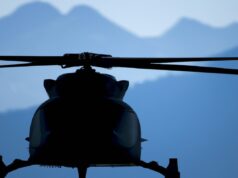

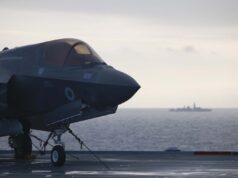
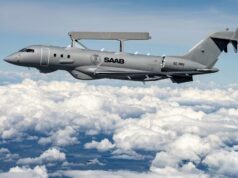
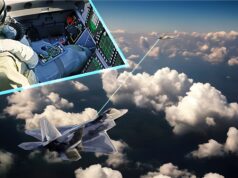
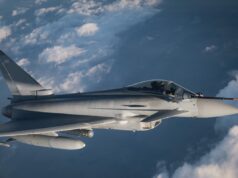
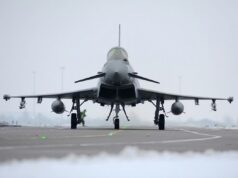
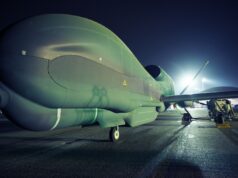


Those fishermen won’t know what hit them…
Venezuela actually claims to have a fairly decent GBAD setup, including S-300VM. Yes, they would be up against the best equipped air force in the world, but the US are going to have to commit some fairly serious assets to be sure of air superiority, if they go that way of course. JASSM from those B1’s will probably make short work of it all, but it won’t be cheap.
I’m not sure what this is really.
A way of burying their head in the sand, shoving a bomber up some poor third-world countries backside and proclaiming America’s glory. All while China continues to pull away.
*country’s
It’s Trump posturing in an attempt to distract from his growing domestic unpopularity on a range of issues from Epstein to Inflation to Agriculture
I guess we should be glad that he’s not helping Milei invade the Falklands
Those dealers/suppliers could use alternative vessels, such as subs. Or land routes to other far away ports then boats. But real fishermen are in a sticky wicket. Maybe bomb Venezuela until Ms Maria M takes over from Hugo. Venezuela and SA has the most oil reserves, and we certainly do not want the oil in the hands of you know who. Let’s make Venezuela great again, like Argentina. M V G A!
That really doesn’t work, does it? MVGA, just does not trip off the tongue.
How about combining the statue of Liberty with part of your acronym and you get Lady GAGA Lady Greater America, Great Again – Trump’s colonial ambitions would love this one.